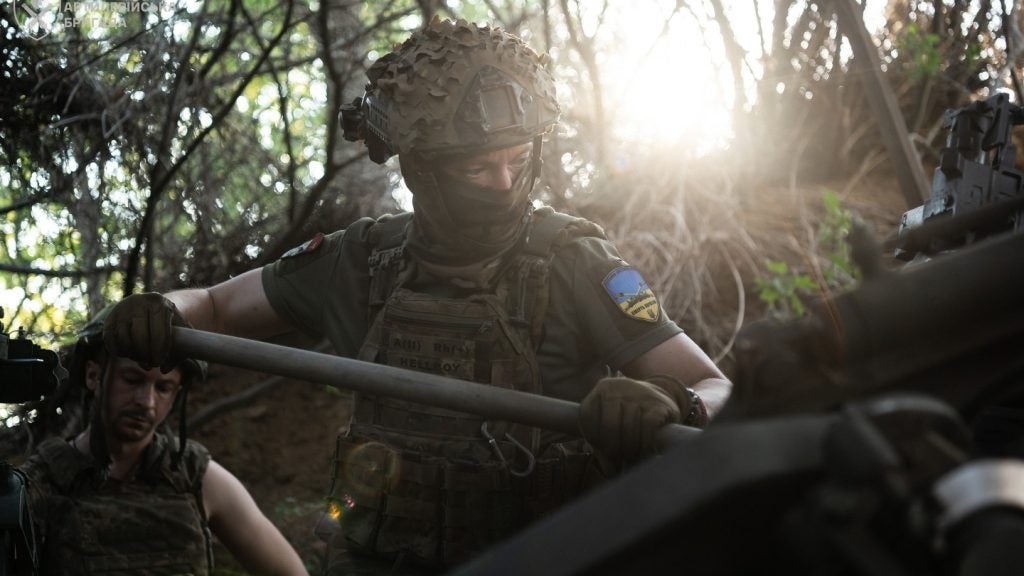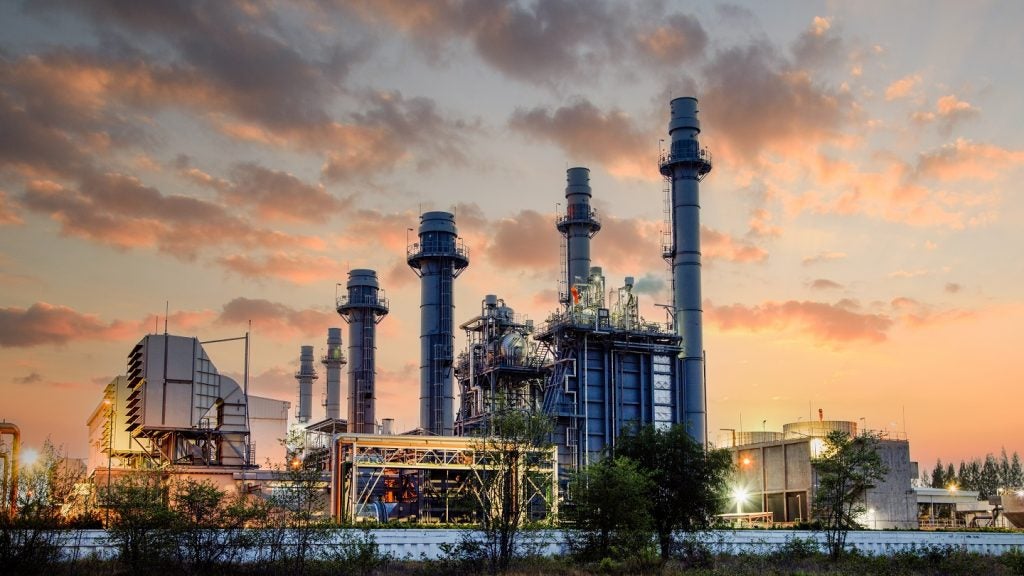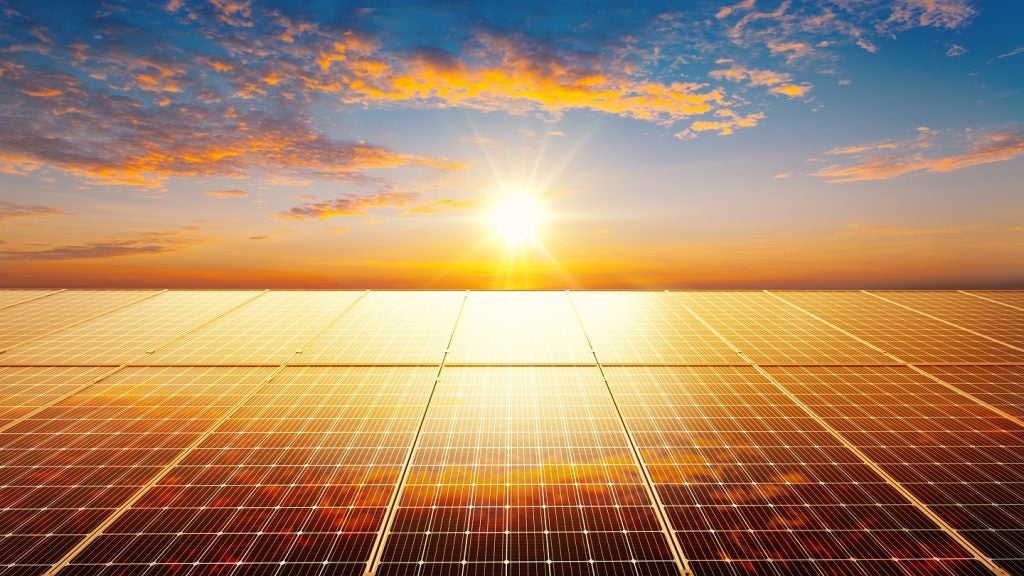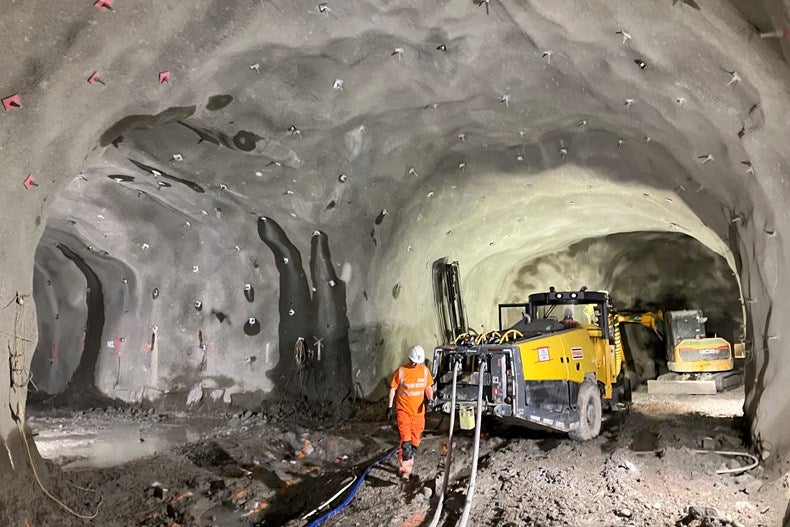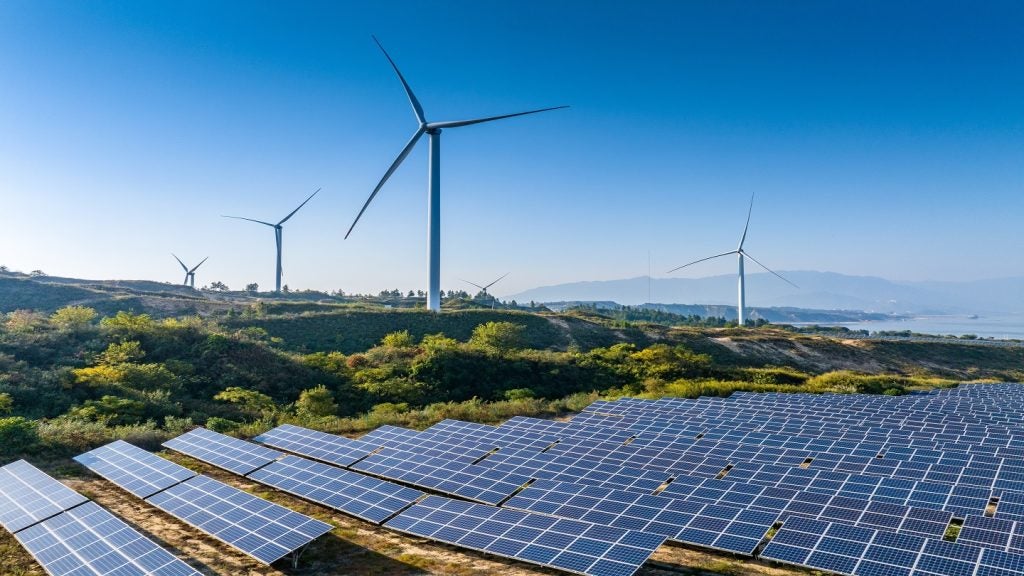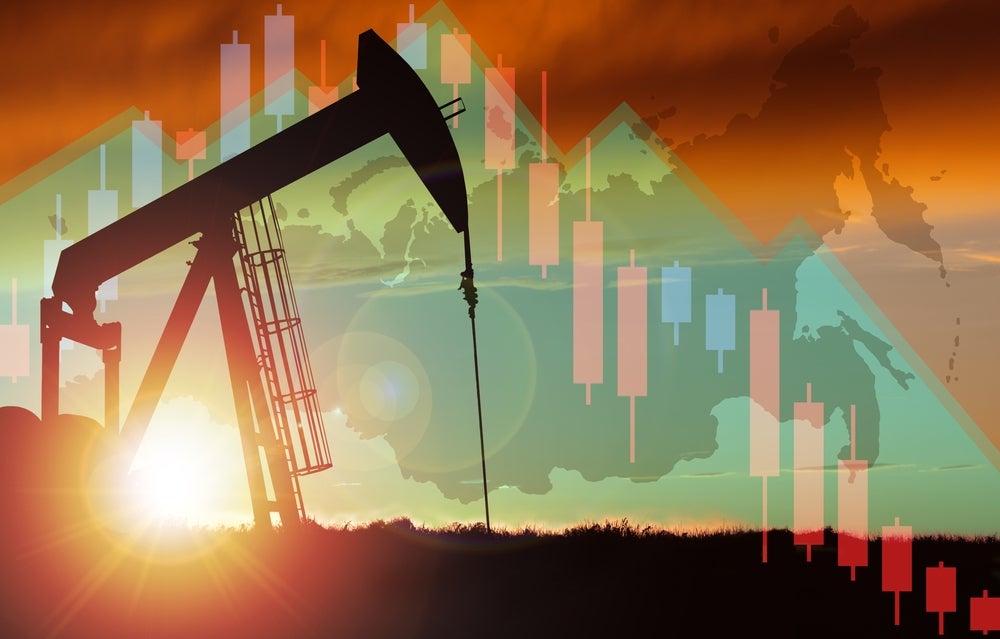A surprise Ukrainian counter-incursion into the Kursk region has sent gas prices spiraling and thrown doubt over the supply of Russian natural gas into Europe.
Reports have emerged of ongoing conflict near the Russian border town of Sudzha, where Ukrainian forces have reportedly launched a rare cross-border attack.
Pro-Kremlin war bloggers have said Ukraine has seized the Sudzha gas distribution hub in a three-day offensive.
The Institute for the Study of War (ISW) confirmed that geolocated footage shows “Ukrainian forces taking Russian prisoners of war near the Sudzha border checkpoint” and that Ukraine’s soldiers made rapid advances further into the Kursk region yesterday (8 August).
A spokesperson from Ukraine’s gas operator told Power Technology that, as of 10am UTC today (9 August): “Gas is being transported to European customers as usual, without any changes. Nominations [of 37252586.87 m³] have been confirmed and the physical flow of gas is maintained.”
The Sudzha station is “the only operational route for Russian pipeline gas flowing into Europe,” according to Sergey Vakulenko, Russian oil and gas analyst and senior fellow at the Carnegie Russia Eurasia Center.
European benchmark gas prices jumped as much as 5.7% to €38.78 ($42.35) per megawatt-hour on Wednesday (7 August), surpassing the previous intraday high recorded in June.
What is Ukraine’s objective?
Despite Europe’s push to punish Russia for the full-scale invasion of Ukraine in February 2022, reliance on Russian energy lingers.
More than 40% of Europe’s imported natural gas came from Russia, pre-invasion, delivered via four main pipelines.
Following the Nord Stream and Yamal-Europe pipelines’ closures, the Ukrainian transit route has become all the more crucial, as it “transports roughly one-third of all remaining Russian gas exports to Europe”, according to Paul Hasselbrinck, senior energy analyst at GlobalData.
“The only two other available routes are the TurkStream going through Turkey,” Hasselbrinck tells Power Technology.
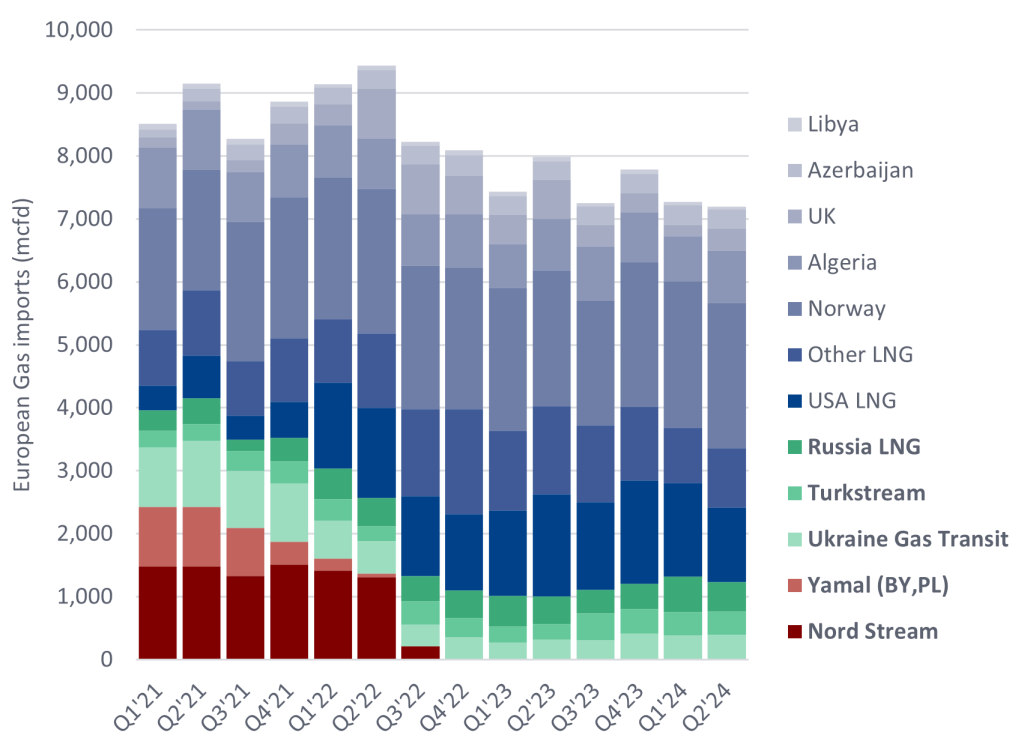
The Kursk incursion demonstrates Kyiv’s objective to continue targeting Russian energy infrastructure, as a significant portion of the Kremlin’s long-term financing comes from natural gas exports.
While “damaging energy infrastructure is a worthwhile investment, Ukraine must exercise caution with using up the limited manpower and equipment resources they have with acts like this”, says James Marques, defence analyst at GlobalData.
“As with previous border incursions it would be unwise, and I don’t expect, for Ukraine to attempt to dig in and hold this ground long-term,” Marques tells Power Technology.
What is Ukraine’s military strategy?
Moscow has been alarmist in its response.
President Vladimir Putin accused Ukraine of a “major provocation”, while acting regional governor of Kursk declared a state of emergency necessary to “eliminate the consequences of enemy forces coming into the region”.
Up to 1,000 Ukrainian troops, 11 tanks and more than 20 armoured combat vehicles entered Russia near Sudzha, killing at least five civilians and wounding 31 others, six of them children, according to Russian officials.
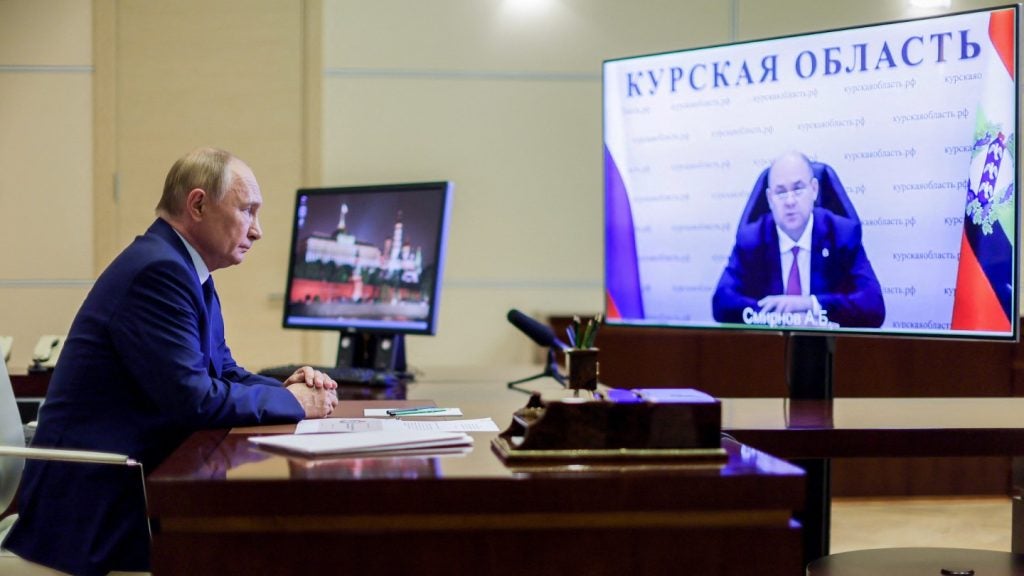
The military strategy behind Ukraine’s counter-offensive remains unclear.
It also marks the first time since the Second World War that foreign armed forces have invaded Russian territory – a “small propaganda victory” if little else, in Marques’ words.
“[The incursion] is perhaps a demonstration that Ukraine can still introduce dilemmas for Russia’s dispositions in Ukraine, in the hope it lessens the number of Russian reinforcements heading for the push on Ukrainian lines in the east,” says Marques tells Power Technology.
“However, Ukraine understands that damaging infrastructure, straining resources and bleeding time and attention are the only real benefits border raids can bring, and in that UKR should be careful with how it expends limited resources. Holding the line in the east is still extremely difficult and complicated at the moment.”
All eyes now turn to an expectedly ferocious Russian retaliation on both Ukrainian forces in the Kursk region and on the eastern frontlines.


